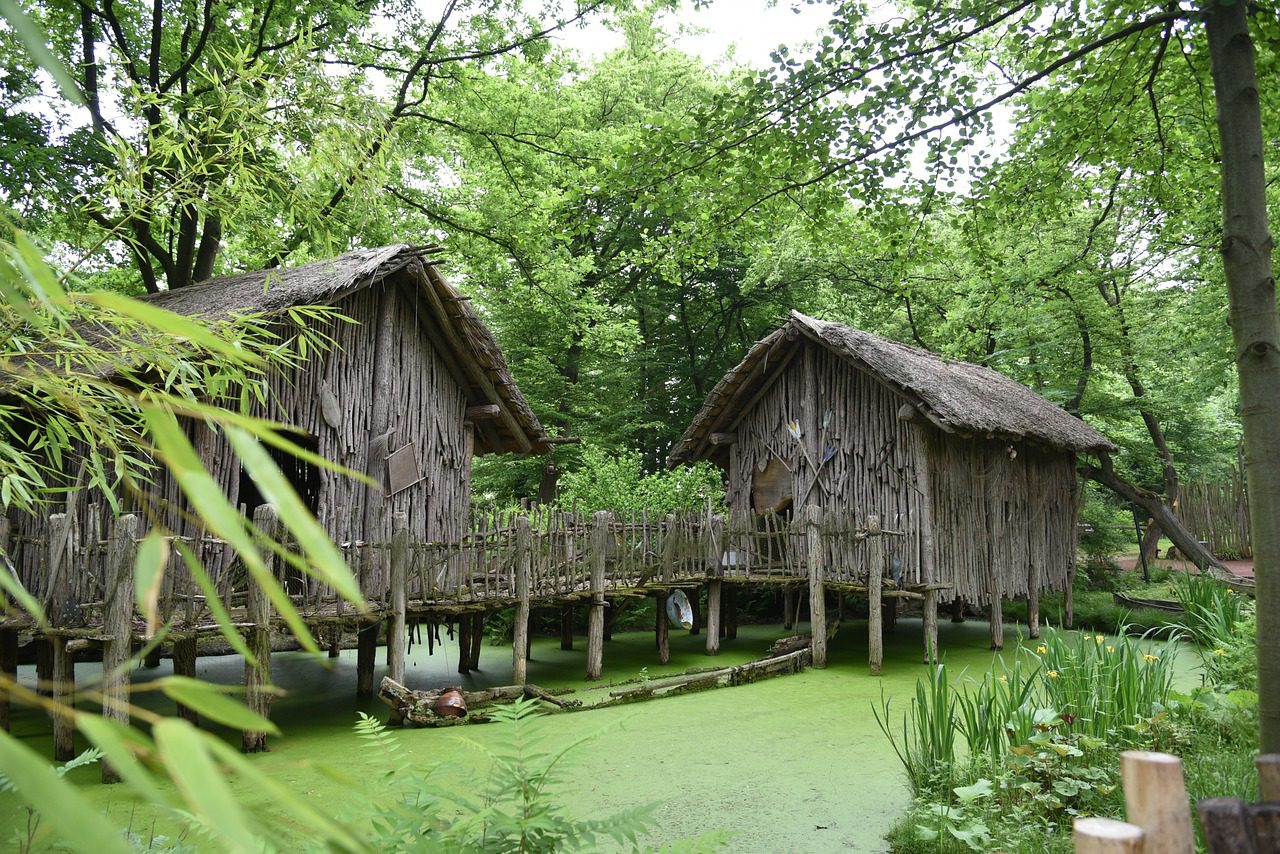
Organised crime in Africa / New measures needed to curb Kenya’s rampant trafficking
Dangerous criminal networks for drugs, people and arms add to insecurity in the northern part of the country.
On 11 September 2022, armed militia suspected to be involved in human and drug trafficking attacked a police patrol of 11 officers en route to Merti Police Station in Kenya’s Isiolo County. One officer was killed and three seriously injured.
On 29 June 2023, a shootout occurred in the Charri area of Merti. Local sources told ENACT that traffickers were transporting over 50 migrants in a Toyota Land Cruiser. They reportedly defied police orders to stop, and gunfire broke out. The driver, from Biliqo village in Merti, and four migrants died. The other migrants and traffickers, many injured, disappeared into the thickets. According to ENACT sources, the driver was a notorious trafficker who has amassed considerable wealth by local standards.
These incidents represent just the tip of the iceberg in illegal trafficking in northern Kenya.
Isiolo town is 300 km north of Nairobi and is considered the gateway to northern Kenya. Isiolo County is located on the Nairobi-Moyale highway and is sparsely populated, with scant policing of its vast pastoral rangelands. It neighbours Marsabit County, which stretches to the long, porous northern border with Ethiopia.
Intricate criminal networks for drugs, people and arms operate in the region, with the supply chain divided into four geographic segments: traffickers and facilitators on the Moyale-Ethiopia side; traffickers in Moyale-Kenya; traffickers in Merti and Isiolo; and traffickers based in Meru and Nairobi.
Each group protects its territories and hands over illicit goods and trafficked people for onward transport. ‘Trafficking is organised in phases’, reveals a source who spoke anonymously to ENACT. ‘One group based in Moyale prepares and hands over the migrants and drugs to another who uses the feeder routes to sneak them up to Merti, Isiolo. From Merti, the migrants and drugs are handed over to another group in Meru or Isiolo town and taken to Nairobi, the final destination.’
The preferred trafficking route used to be the main Moyale-Nairobi highway. However, the presence of Kenya’s multi-agency security units and numerous police checkpoints have driven the traffickers off the main road. According to one former trafficker interviewed by ENACT, this newer preference for bush roads was due to security personnel’s demands for exorbitant bribes.
One of the most trafficked drugs in this region is cannabis sativa from Shashamane in Ethiopia, commonly called shash. Local traffickers told ENACT that the cannabis was of premium quality and in high demand in cities across Kenya.
According to a former trafficker who spoke to ENACT anonymously, drug trafficking is highly profitable. He explained that 1 kg of shash cost US$13 at the source, US$47 in Moyale, US$100 in Isiolo, US$200 in Nairobi and US$470 in Mombasa. Local peddlers regularly produce hundreds of rolls from 1 kg, making a profit of up to US$167 per kg in Isiolo. With such a favourable risk-reward ratio, they gladly chance confrontations with security personnel.

